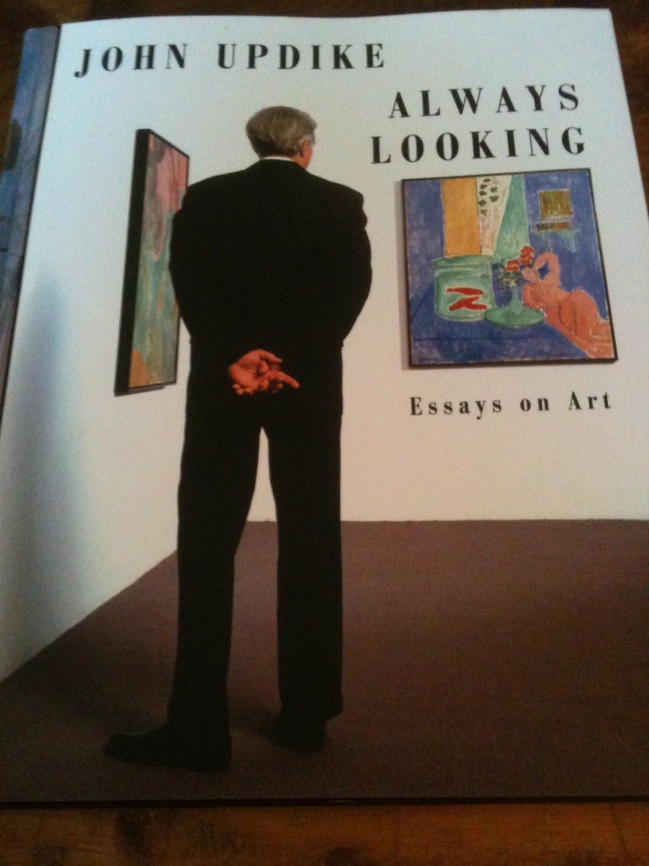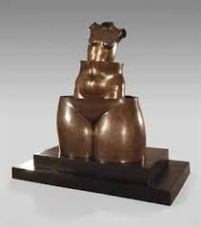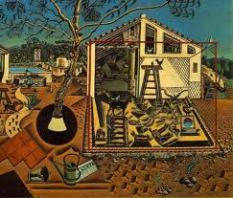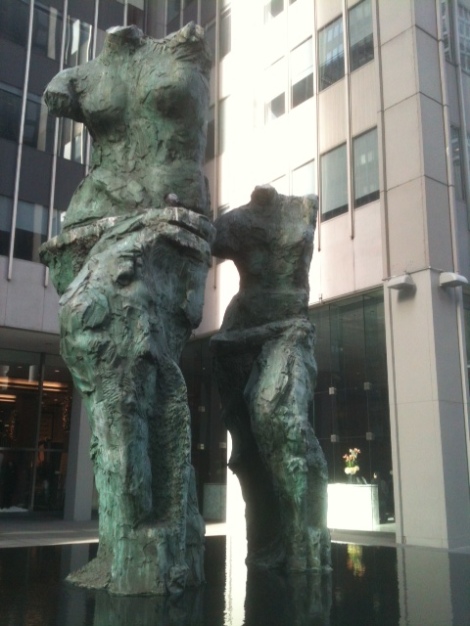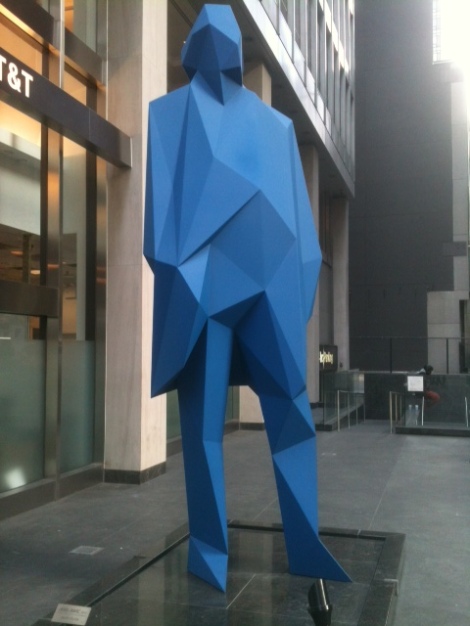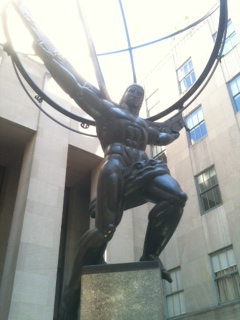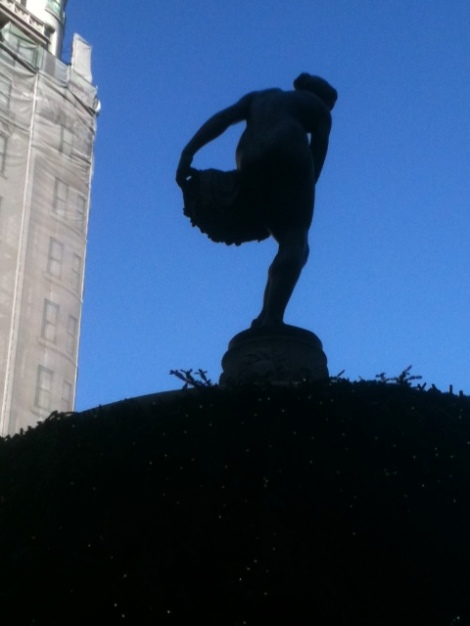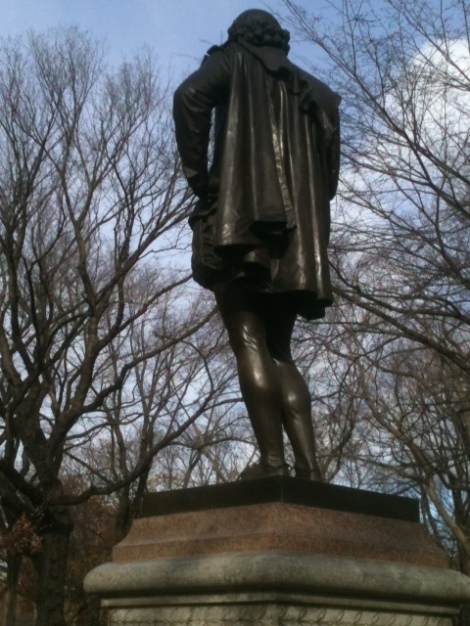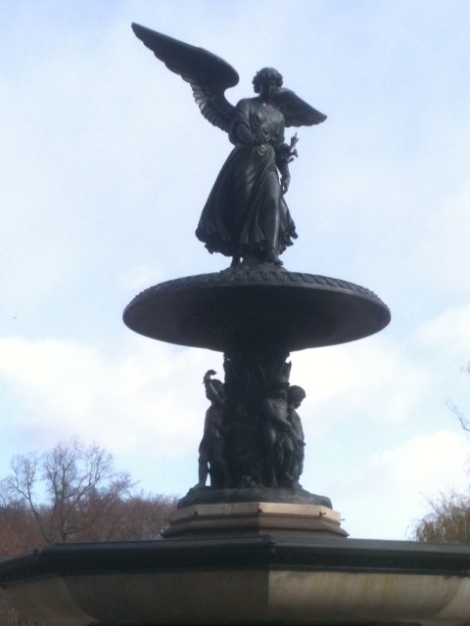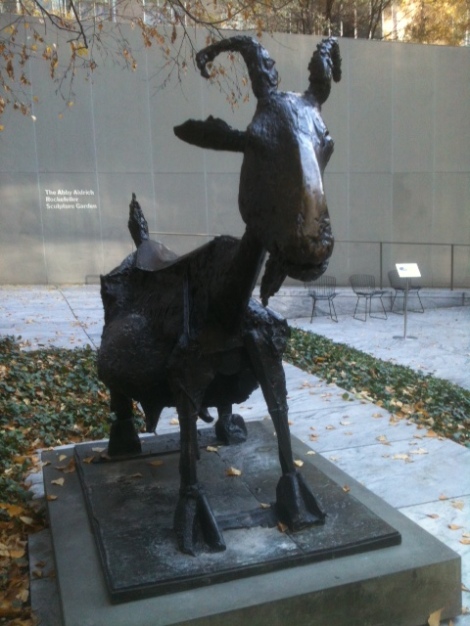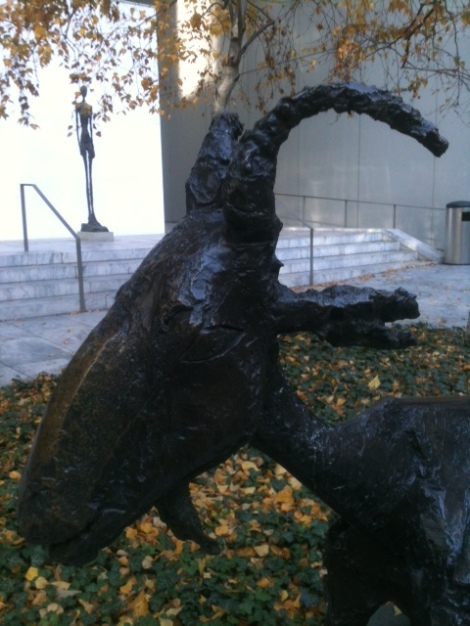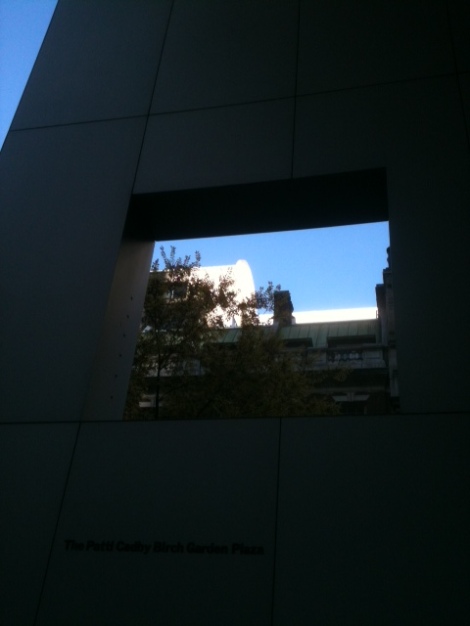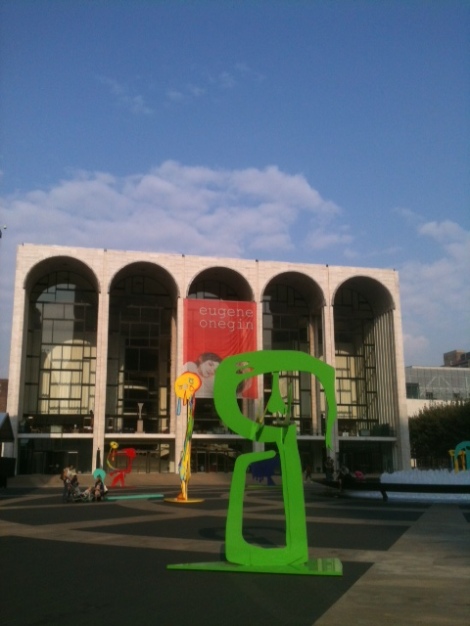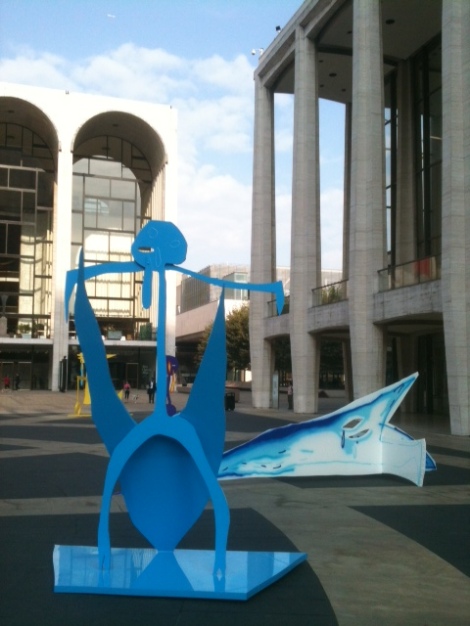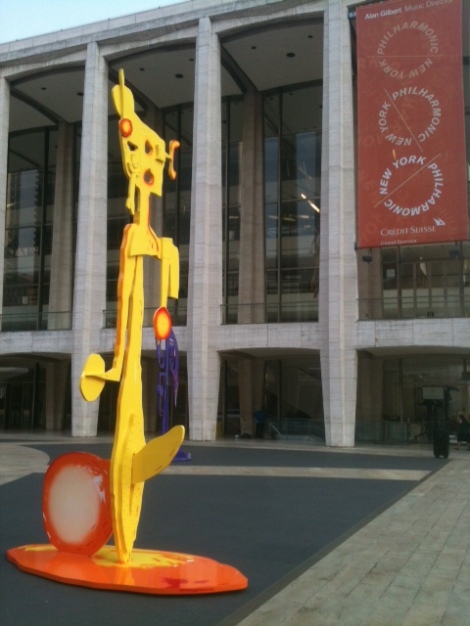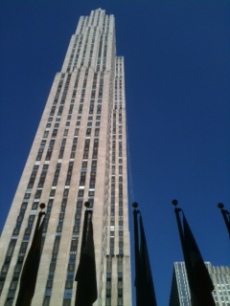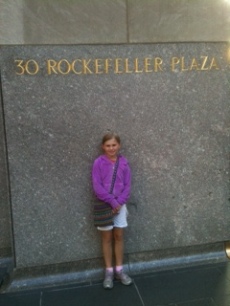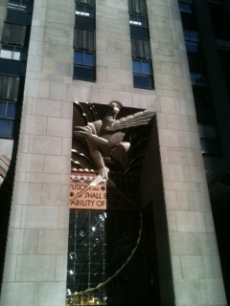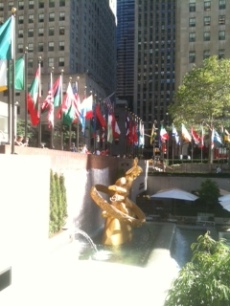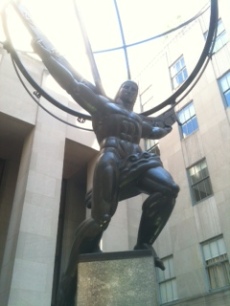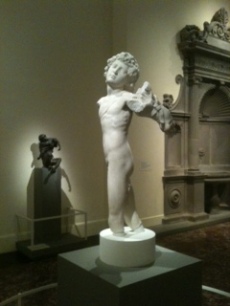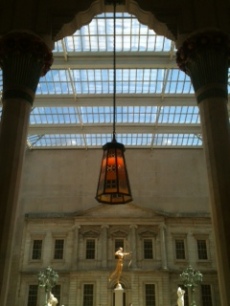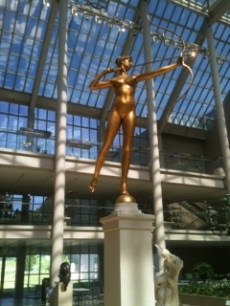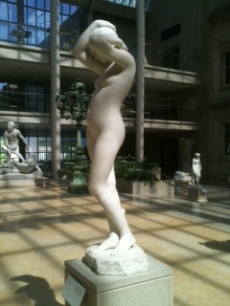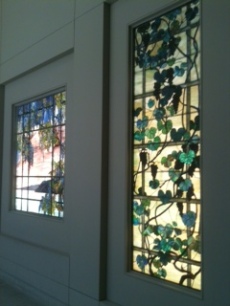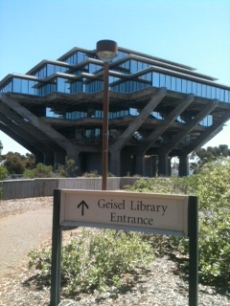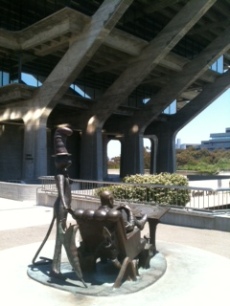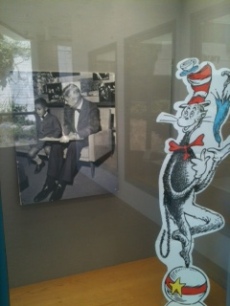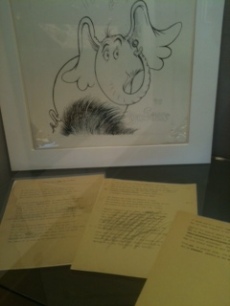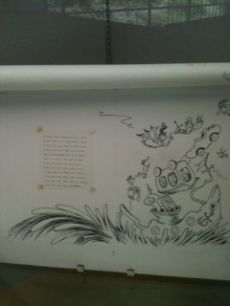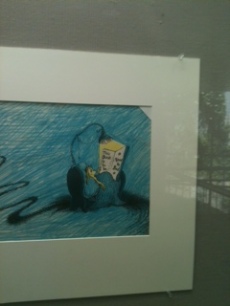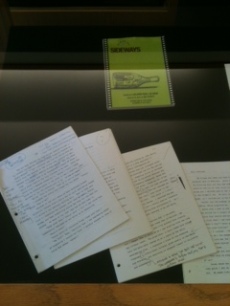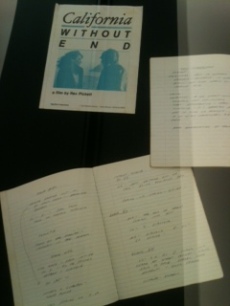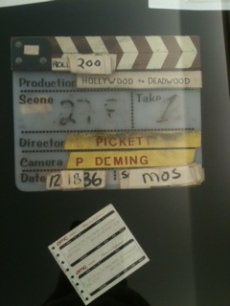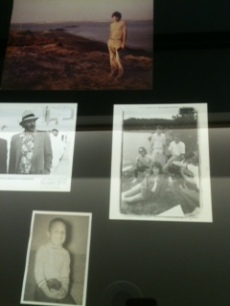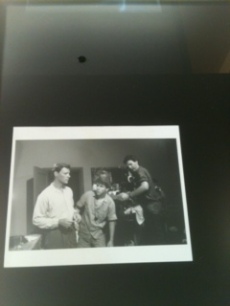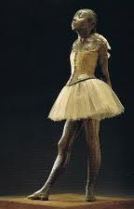When I read Adam Begley’s recently published, masterful literary biography Updike, it lit a fire inside me. For the next few months, I’m planning to read my way through his extensive canon. And, although I’d prefer to read chronologically, I am mostly dependent on the availability of the books through the Toronto Public Library. Yet, I did splurge on a few, including this one.
In Begley’s book I discovered that Updike originally had plans to become a visual artist, an animator, actually. And, after he graduated from Harvard, he earned a scholarship to attend Oxford’s Ruskin School of Drawing and Fine Art in 1954. There, he noted about a Life Class, “nothing like a sneering nude to set a man’s pencil trembling.”
Here are a few of my favourite things from Always Looking.
On Klimt:
Updike’s description of the portrait of “Adele Bloch Bauer I” (1907), bought by Roland Lauder for $135 million to add to his collection at Neue Galerie in NYC, made me laugh out loud, because he might have been writing about himself: “Horizontal eyes and vertical half-moons in the sitter’s garments both suggest vaginas, indicating another of the painter’s interests and doing nothing to discourage persistent but unproven rumors of a romantic connection between the artist and his subject.” See for yourself.
On Magritte:
Magritte’s bronze “Megalomania” (1967) Updike suggested, “stands as a monument to the female form, as worshipful as a Maillol or a Lachaise—a magnificent telescope of a rump giving birth to a smaller abdomen giving birth in turn to an armless, headless torso.” Updike adored women, as you can tell.
On Miro:
Although I remembered from A Moveable Feast that Hemingway knew Miro in Paris, I did not know that he borrowed 5000 Francs in 1926 to purchase “The Farm” (1921-22) to give to Hadley for her 34th birthday, a painting that they hung above their bed. Through Updike I discovered that they were “incongruously, occasional boxing partners.” Looking for the painting’s appeal to Hemingway, Updike wrote, “like Hemingway’s early prose, the painting is possessed by an ecstasy of simple naming, a seemingly innocent directness that is yet challenging and ominous.” Both of them were poor and hungry in Paris, “and hungry people see with a terrible clarity.”
If the Updike writing that follows is as engaging as these essays, I have plenty of days ahead that will be rife with reading joy through his obvious respect and affection for expression.

